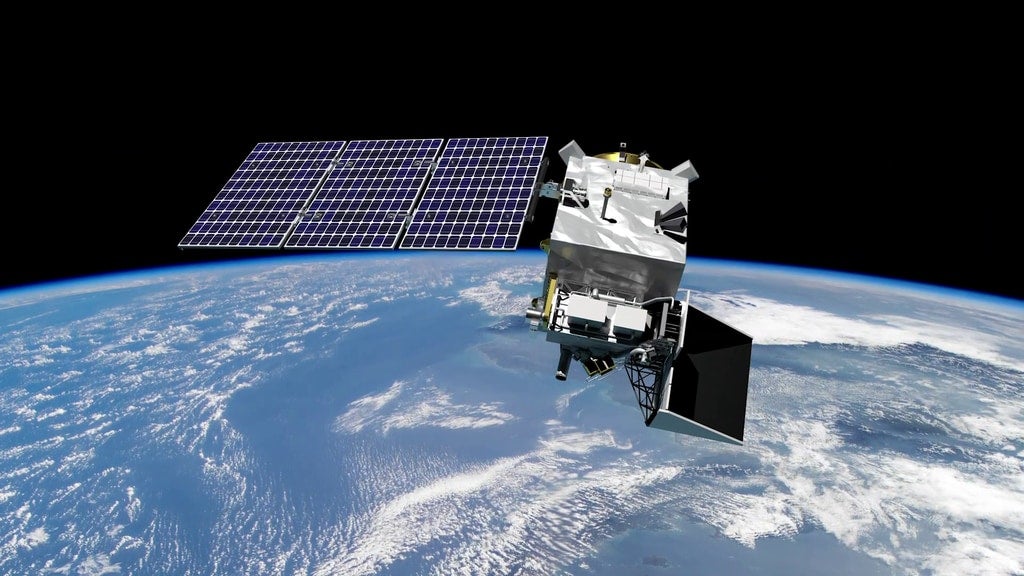CLIMATEWIRE | With good weather and little luck, NASA’s newest Earth-observing satellite will launch early Tuesday morning from Cape Canaveral, Florida. The flight will conclude nearly a decade of mission development — and its payload could help usher in a new era of Earth science.
“It’s groundbreaking,” said Jeremy Werdell, project scientist for the PACE satellite mission. “In 25 years at NASA, it’s the first mission I feel I can grow into instead of knowing exactly what I’m going to get. It’s going to not only produce so much novel data that we don’t have in hand now, but that will effectively shine a light on so many new discoveries.”
PACE stands for Plankton, Aerosol, Cloud, ocean Ecosystem — all things the new mission will allow scientists to observe in greater detail than ever before. Pollution particles and tiny ocean organisms might not sound exciting on their own, but they are key to understanding some of the most important processes shaping the planet today, including climate change.
On supporting science journalism
If you’re enjoying this article, consider supporting our award-winning journalism by subscribing. By purchasing a subscription you are helping to ensure the future of impactful stories about the discoveries and ideas shaping our world today.
Three high-tech new instruments make those observations possible.
The satellite is equipped with two polarimeters, which observe certain properties of sunlight as it bounces off objects or particles in the air below. These observations, in turn, help reveal specific characteristics of the particles the light is striking. They’re particularly useful for observing clouds and aerosols in the atmosphere, including dust, wildfire smoke and industrial air pollution.
These are some of the most advanced polarimeters in existence, according to NASA scientist Kirk Knobelspiesse, the mission’s polarimetry lead. They’re both multiangle instruments, meaning they collect images from an array…
Read the full article here







